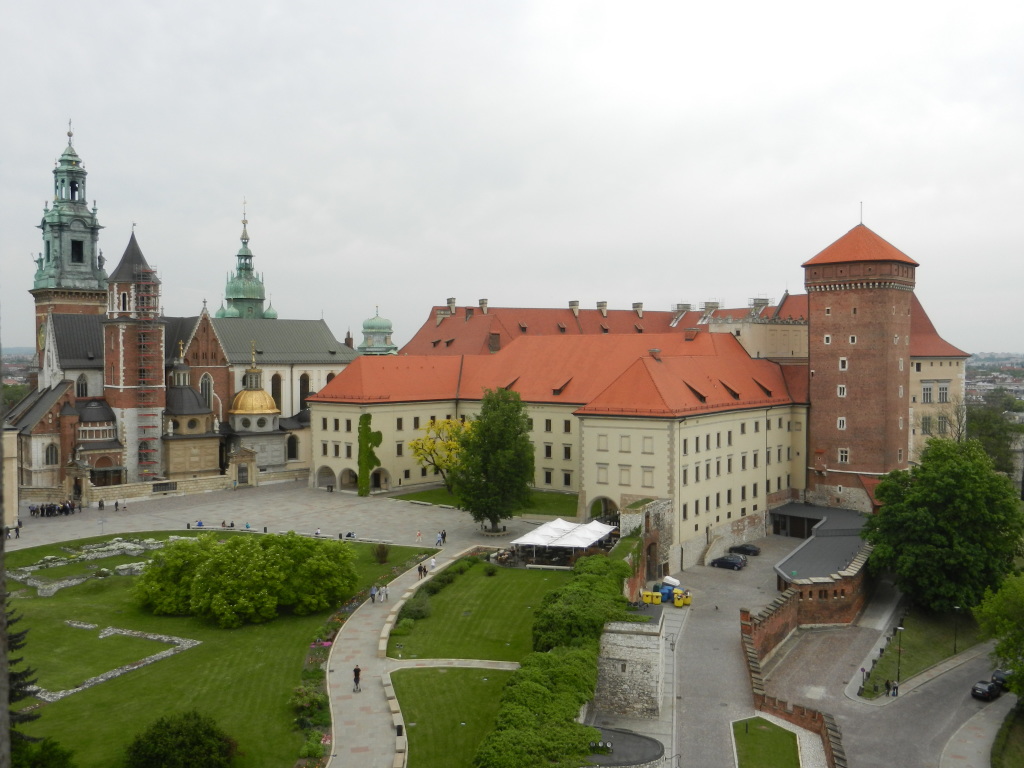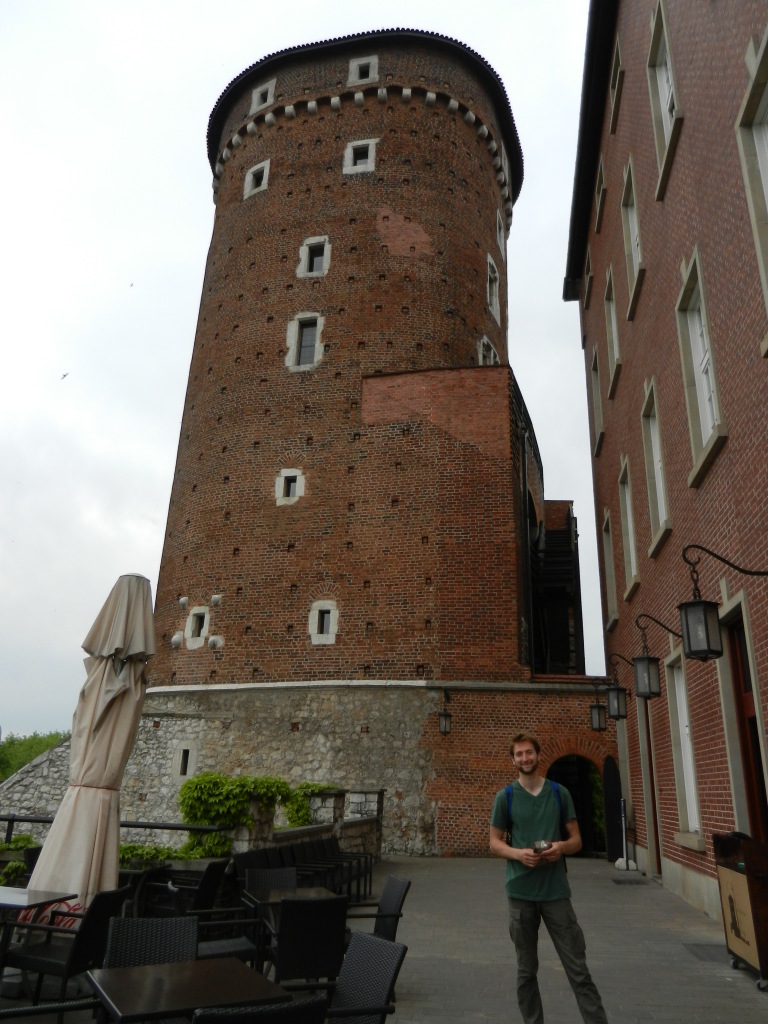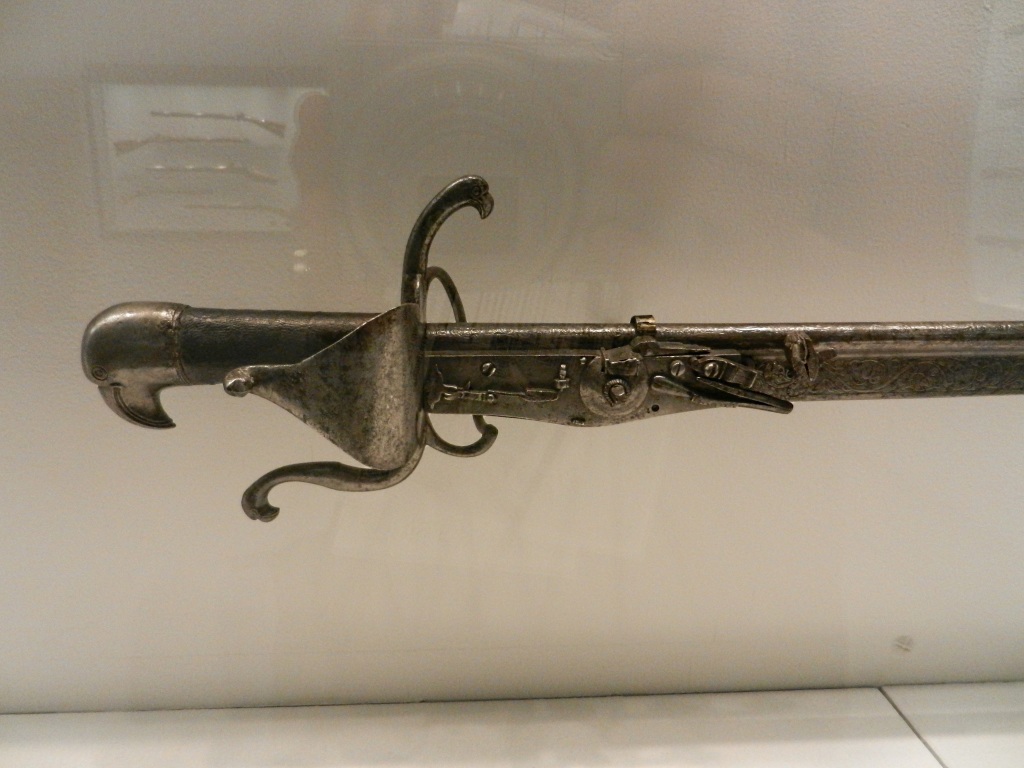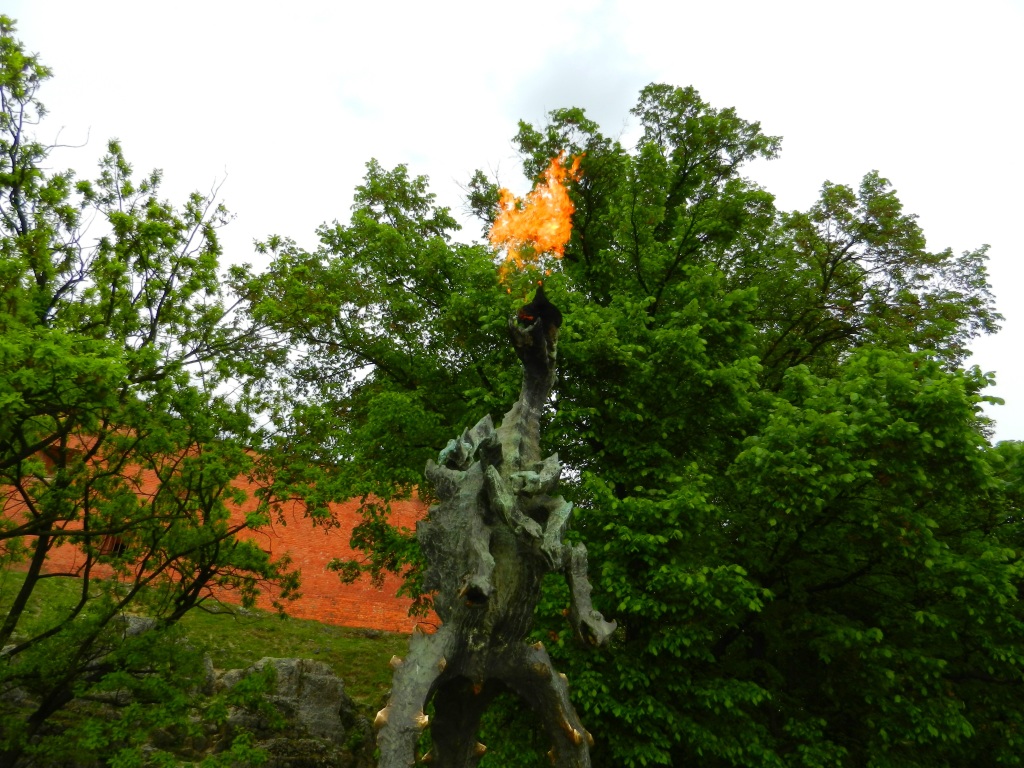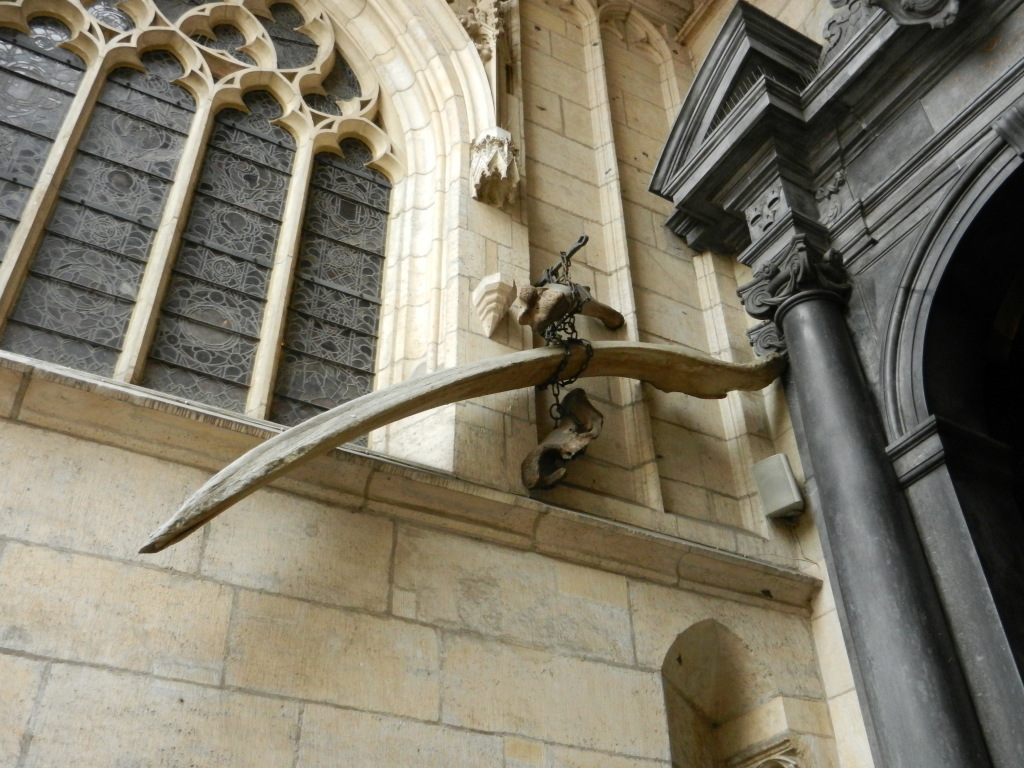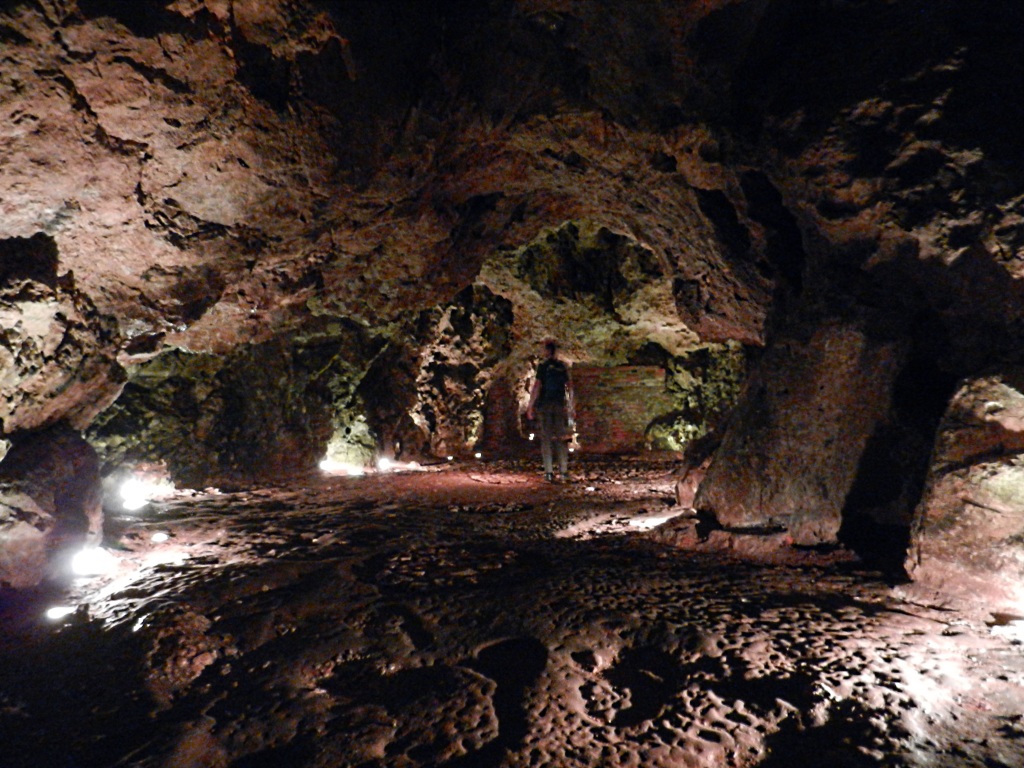Poland was a thrilling, financial break for us. After being traumatized by a $30 bowl of soup at a fish-market in Oslo, not to mention the ludicrously lavish living expenses in Copenhagen, Stockholm, and London—Poland was a pleasant dream that just kept getting better. Suddenly, a pint of beer at a bar cost $2.50 instead of $12. Milk Bars, a cheap and excellent source of perogies and sauerkraut, could be found around every corner and offered decent meals for as little as five dollars. In the end we likely spent more money than usual, surrounded by a sea of “good deals”, but we certainly felt better about it.
I wasn’t certain what to expect with a country like Poland. Relatively poor, rather conservative, resolutely Catholic… And a dark, dreary past were some of the perceptions I had in mind. Despite both the Nazi and Soviet invasion in 1939, ripping Poland apart, and the vast destruction the country had experienced by the end of World War II, Poland has managed to preserve much of its cultural history and architectural beauty. Among thousands of historical sites and monuments there are 14 heritage sites as part of UNESCO World Heritage in Poland. Of the 14 sites Ashleigh and I managed to visit three: the colossal, Teutonic citadel in Malbork, the medieval Historic Center of Kraków, and the concentration camp at Auschwitz. Of these three major sites, the ancient capital of Kraków surprised me in terms of architecture, art and beauty, and held some of my most favourite memories.
Just before arriving in Kraków I had read a fantastical tale about the ancient capital’s founder, “King Krakus”, from whom the city got its name. The earliest known settlement on the present site of Kraków was established on Wawel Hill and dates back to the 4th century, though there’s evidence of over 50,000 years of human occupation. It is said, that in times long past, a terrible creature slept deep inside Wawel Hill, a dragon with impenetrable scales and a ferocious appetite. When people first started to settle in the area along the Vistula River, they disturbed the dragon’s slumber. Annoyed that human families were surrounding his home, the dragon attacked the settlement daily, stealing sheep, cattle, and sometimes small children to bring back to his den and devour. Over the years many brave men gathered in arms to try and slay the creature, but there was no weapon strong enough to pierce the dragon’s diamond-hard scales, and all perished in vain. The settlement continued to be plagued by the monster over the years, and many people decided it was time to leave in search of a new home.

One day, a mysterious traveller arrived from an unknown country. His name was Krakus, and he soon discovered that the small village on the river Vistula was cursed. He did what he could for the suffering people, demonstrating his wisdom of herbs and potions by healing the sick and wounded. The villagers, believing Krakus to be a powerful magician, pleaded with him to solve their dragon problem. At first Krakus was terrified of the idea, for he knew he would not be able to face the monster in combat and survive, but then he started to think of a plan that would not involve brute force. He took a dead sheep, surgically opened it up and removed the insides to make a space which he proceeded to fill with as much sulphur as he could find. That evening Krakus snuck up to Wawel hill, with the sulphur-filled sheep, to the yawning cave which was the dragon’s lair. After leaving the carcass at the cavern entrance, Krakus tip-toed away as quietly as he could without waking the dragon to watch from a safe distance. It wasn’t long until the scaly, monstrous creature crawled out from its hole and tore into the sheep carcass, devouring it whole with only a few snaps of its crocodilian jaws. The dragon paused for a few seconds, confused by the peculiar taste of a sheep, and then let out a blood-curdling shriek as the sulphur started burning its insides. It is said that the dragon nearly drank the Vistula River dry that day as he sought to quench his scorching innards before he exploded dramatically—the dampest explosion you can imagine. Krakus was hailed as a hero and the people made him king. The new king proceeded to build a castle atop Wawel Hill and the village was named Kraków , which essentially means “Krak’s town”.
Whatever fortress built by King Krakus in the 4th century has disintegrated into the throes of time, but a newer Wawel castle, built in the 14th century, now stands in its place. It consists of several towers and government buildings surrounding a central courtyard and a cathedral. After reading the story about King Krakus and the dragon I dismissed it as nothing more than a common folk tale, but upon arriving at Wawel Castle I began to notice a few clues that gave the story some tangibility. Once we had finished exploring the castle’s armoury of glittering shields and gun-blades (real guns-blades, cool eh?) and rooms full of intricate tapestries, we proceeded to the cathedral centred in the courtyard. Before my eyes, hanging above the main entrance to the church, were a set of gigantic, ancient bones. According to the locals, they are the bones of the Wawel dragon, slain by Krakus long ago. Could this be true? If that’s not enough, before leaving the castle we were led down a small, spiral staircase deep into the Wawel Hill. The bottom of the steps opened up into a large, limestone cavern like an Indiana Jones movie prop. This was the Dragons Den! Surely this was the same cave written about in the ancient folk tales of Kraków . A twisted passageway led back into the light, outside the walls of Wawel Castle, and we were savagely greeted by a bronze statue of the dragon, seven heads wriggling and flames spouting from its open mouth (really, it uses natural gas as fuel).
A few kilometres outside Kraków ’s city centre is a mound of earth, much like the burial mounds we visited in Uppsala, at the top of Lasota Hill. We climbed the winding path up the tumulus, 16 metres high at an altitude of 270 metres, and had an excellent view of Kraków from the summit. It is said that when King Krakus died his people loved him so much that they raised this mound around his grave to glorify him. One by one the villagers would fill their sleeves with dirt and climb the hill to dump the earth on top of their brave king’s body. These days a festival is held on the Tuesday following Easter at the base of Krak’s Mound. The festival, dating back to the early middle ages, is called “Rękawka” which means “sleeves” (referring to carrying grave earth in the sleeves), and was once held every year to honour the memory of the deceased. There were sword and axe fights to glorify their ancestors and to scare away the demons that could threaten good souls. Today the festival has been revitalized from the past but is no longer a religious event. Its aim is to demonstrate what life and work were like in the early Middle Ages. During the festival, the area around the mound is supposed to look like an old Slavic settlement from the past, with primitive tents and workshops demonstrating barrel making, blacksmithing, rope-making, and other trades. There are sword fights in armour, medieval music and dancing—everything a hard-core LARPer could hope for.
Krakus is attributed to many great deeds in his lifetime; through his wisdom and cunning he defeated a horrible dragon that plagued the Vistulan tribes and even successfully defended Kraków from a Roman invasion. Monuments are erected to him even now, a memory of the Kraków ’s past glory that has survived through the darker times of the city’s history. Following so much destruction, pain and sorrow, the Kraków of today is a stunning, beautiful work of art home to a proud and happy generation of people. After the collapse of the Soviet Empire and Poland’s joining of the European Union, Kraków ’s population has quadrupled and its economy is better than ever. A European capital of art and culture, Kraków is the pride of Poland and our visit is a memory I will forever cherish.
Do następnego razu (‘till next time)!
